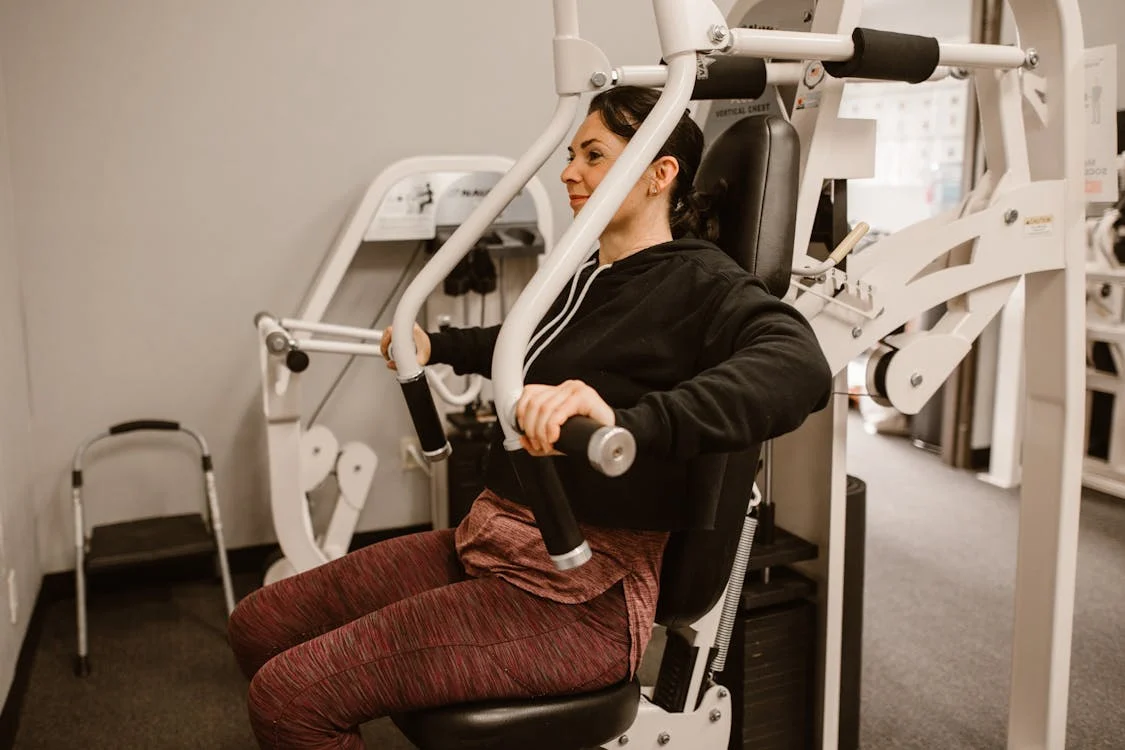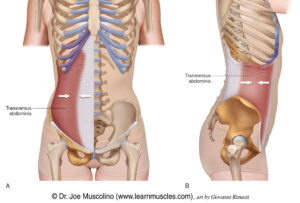When it comes to achieving your fitness goals, having the right exercise equipment can make a world of difference. From cardio machines to strength training tools, the variety of exercise equipment available can be overwhelming. In this comprehensive guide, we will break down the most popular types of exercise equipment, their benefits, and how to choose the right gear for your workout routine.
Understanding Exercise Equipment
Exercise equipment encompasses a wide range of tools designed to facilitate physical activity and improve fitness. Whether you’re a seasoned athlete or just starting your fitness journey, knowing the different types of exercise equipment and their purposes is crucial.
Types of Exercise Equipment
1. Cardio Machines
Cardio machines are essential for improving cardiovascular health and burning calories. Some of the most common types include:
- Treadmills: These machines simulate walking or running, providing a low-impact cardio workout that can be adjusted to various speeds and inclines.
- Ellipticals: Ellipticals offer a smooth, low-impact alternative to treadmills, reducing stress on the joints while still providing a full-body workout.
- Stationary Bikes: Ideal for those who prefer cycling, stationary bikes come in upright and recumbent designs, allowing for comfortable and effective workouts.
- Rowing Machines: Rowers provide a full-body workout by simulating the motion of rowing, engaging both the upper and lower body muscles.
2. Strength Training Equipment
Strength training equipment helps build muscle and increase strength. Key pieces include:
- Free Weights: Dumbbells, barbells, and kettlebells are versatile tools that allow for a wide range of exercises targeting different muscle groups.
- Resistance Bands: These elastic bands offer varying levels of resistance and are great for both strength training and flexibility exercises.
- Weight Machines: Machines like the leg press or chest press provide guided resistance, making it easier to isolate specific muscles and ensure proper form.
3. Functional Fitness Equipment
Functional fitness equipment focuses on improving overall body movement and stability. Examples include:
- Medicine Balls: These weighted balls are used for explosive exercises and can help improve coordination and balance.
- Foam Rollers: Foam rollers are used for self-myofascial release, helping to relieve muscle tension and improve flexibility.
- Balance Boards: Balance boards enhance core stability and improve balance by challenging your body’s equilibrium.
Choosing the Right Exercise Equipment
Selecting the right exercise equipment depends on various factors, including your fitness goals, available space, and budget. Here are some tips to help you make an informed decision:
Assess Your Fitness Goals
Consider what you want to achieve with your workouts. Are you looking to improve cardiovascular endurance, build muscle, or enhance overall flexibility? Different types of exercise equipment cater to different goals, so choose equipment that aligns with your objectives.
Evaluate Your Space
Before purchasing exercise equipment, assess the space available in your home or gym. Larger machines like treadmills or ellipticals require more room, while smaller items like resistance bands or dumbbells can be stored easily.
Set a Budget
Exercise equipment varies widely in price, so it’s essential to set a budget before shopping. While some high-end machines offer advanced features, there are plenty of affordable options that provide excellent results.
Consider Versatility
If you have limited space or want to maximize your investment, consider equipment that offers versatility. For example, a set of adjustable dumbbells can replace multiple fixed-weight dumbbells, and a multi-gym machine can offer a variety of strength training exercises.
Maintaining Your Exercise Equipment
Proper maintenance is crucial for ensuring the longevity and effectiveness of your exercise equipment. Follow these general tips to keep your gear in top condition:
- Clean Regularly: Wipe down equipment after each use to remove sweat and dust. For machines, follow the manufacturer’s cleaning instructions.
- Check for Wear and Tear: Inspect your equipment for signs of damage or wear, such as frayed cables or loose bolts. Address any issues promptly to prevent further damage.
- Lubricate Moving Parts: Some equipment, like treadmills, requires regular lubrication of moving parts to ensure smooth operation. Refer to the manufacturer’s guidelines for recommended lubricants and maintenance schedules.
Conclusion
Investing in the right exercise equipment can significantly enhance your fitness routine and help you achieve your goals. By understanding the different types of equipment, choosing the right gear for your needs, and maintaining it properly, you’ll be well on your way to a healthier and more active lifestyle. Whether you’re looking to boost your cardiovascular health, build strength, or improve overall fitness, there’s exercise equipment out there to support your journey.













